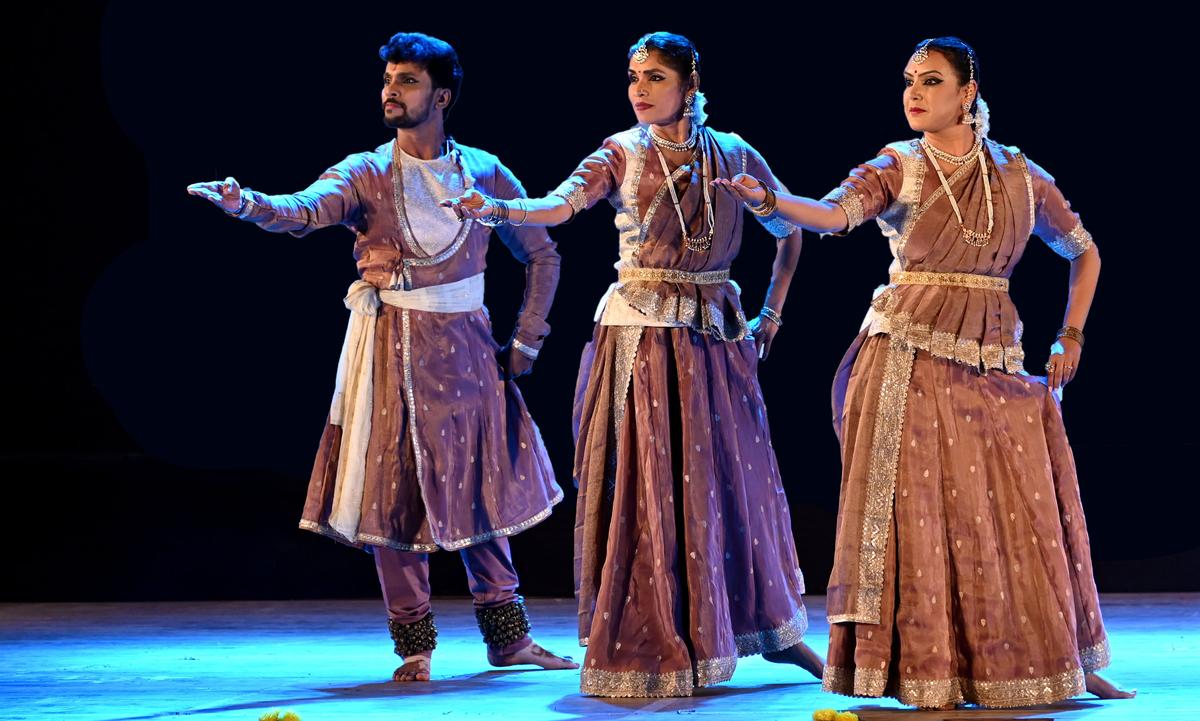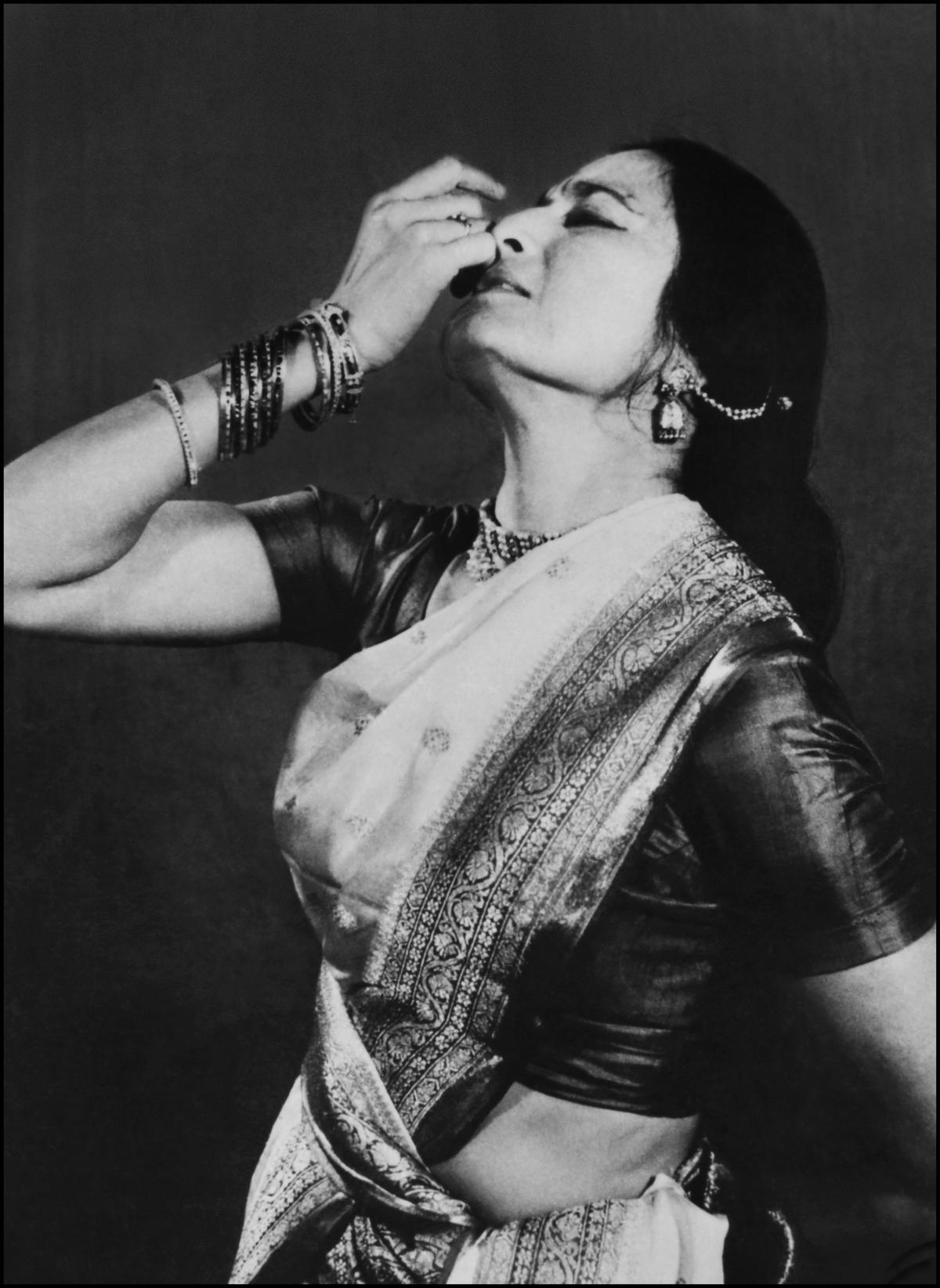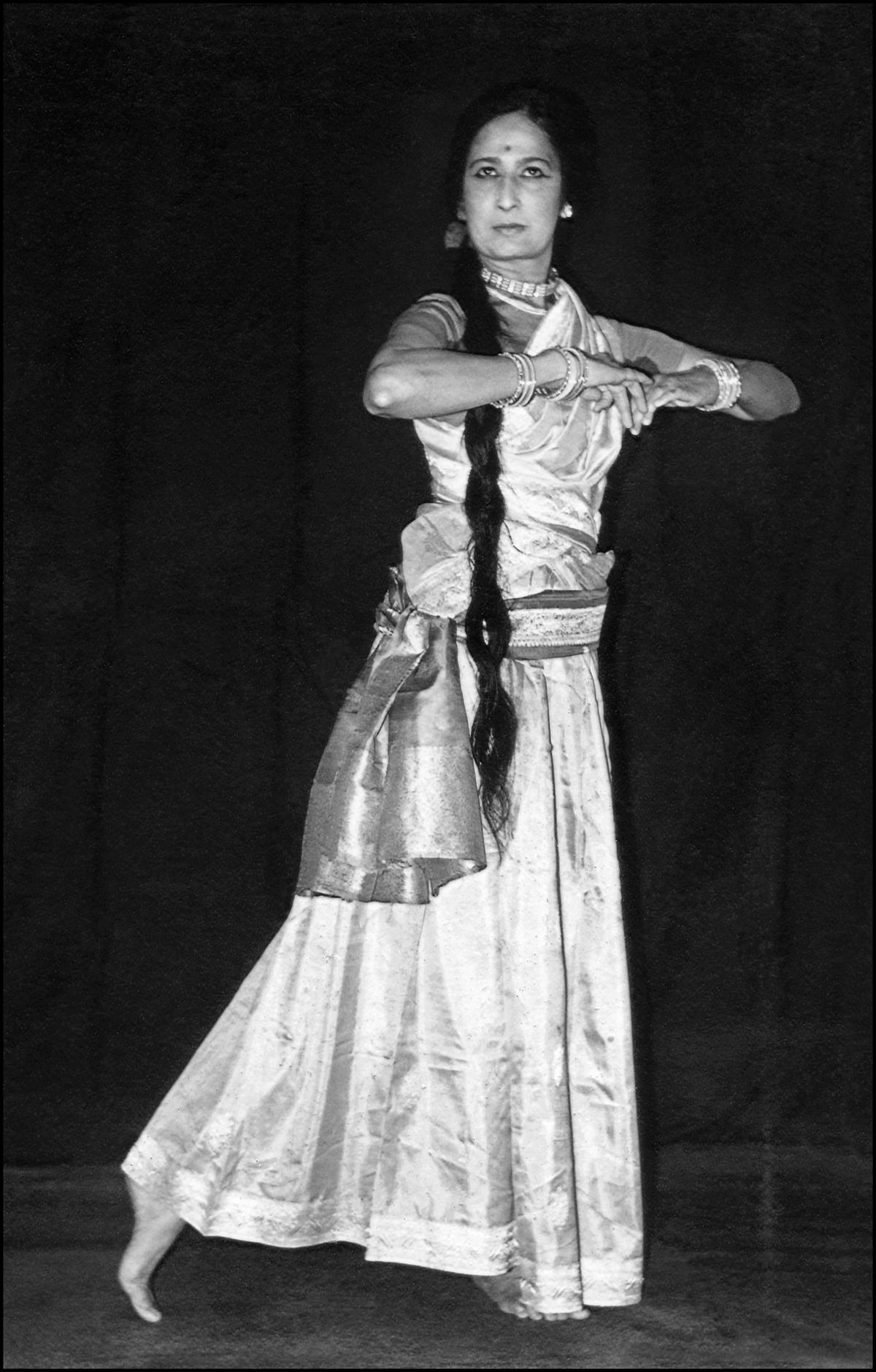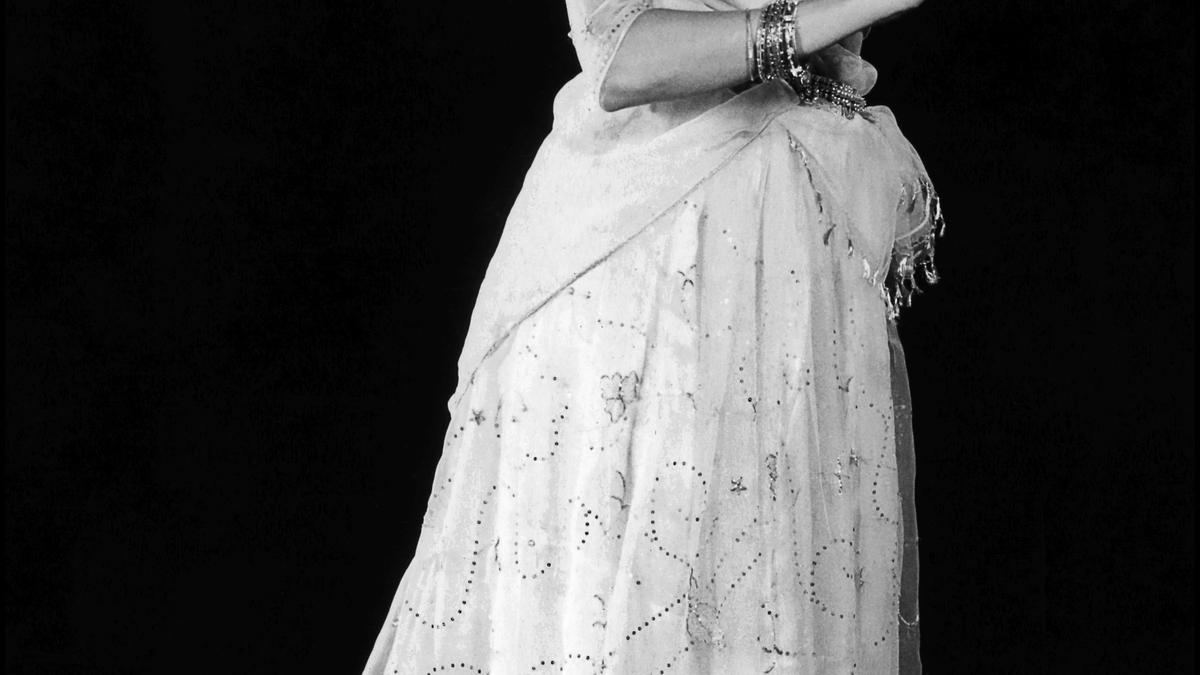Kathak dancer Rohini Bhate. , Photo Credit: Satish Paknikar
As we headed towards the auditorium, we passed by Rohini Bhate Chowk, a city square named after Kathak exponent Rohini Bhate on Pune’s famous Parvat Road, which is home to several prominent cultural and educational institutions such as the Film and Television Institute of India. Naming the city square after Rohini Bhate reflects the deep admiration and respect the people of Pune have for their beloved Babytai – as she was fondly called – a dancer, scholar, choreographer, writer and a woman who made a difference.
The auditorium was full of energy as a large number of spectators turned up for the two-day event organised to celebrate the birth centenary of the great artiste.

Performance by Rohini Bhate’s disciples at the two-day Nritya Rohini Mahotsav in Pune. | Photo courtesy: special arrangement
Aptly titled ‘NrityaRohini’, it was organised by senior disciple Prajakta Raj through her Arohini Kala Kalyan Sansthan. Prajakta had roped in other disciples including Aabha Auti, Dhanashree Natu, Ketaki Wadekar Roshan Datya, Neelima Adhya, Amala Shekhar, Prerana Deshpande, Rajshree Javadekar, Asawari Patankar, Aabha Vamburkar, Sharvari Jamnis, Rujuta Soman and Manisha Abhay. Over 150 dancers performed at the event.
on this occasion, Time and PlaceA film on Rohini Bhate, made by German student and filmmaker Caroline Dussel, was shown during the programme.

Rohini Bhate developed Kathak in her own unique style and made Pune a major centre for this art. | Photo courtesy: Special Arrangement
The thoughtfully organised festival showcased 23 rare dance forms of Rohini Bhate, who promoted Kathak and established Pune as a major centre for the art form.
Choosing the right song
The evening began with a Tansen composition ‘Pratham Man Omkar’ choreographed by Rohini Bhate. It was first performed in Africa in 1998. A trained musician, Rohini has also performed singing programmes apart from composing music for her choreographies. The festival highlighted her expertise in raaga, taal and laya.
‘Raagsagar’ presented a bouquet of 10 ragas like Vasant, Bahaar, Kedar, Malhar, Sohoni, Adana, Malkauns, Lalit and Pooriya Dhanashree, which Rohini used in her choreography. The combination of Patap, Jhinjhoti, Chandrakauns and Kalavati, and Adachau taal, Ek taal, Matta taal and Teen taal was another unique exploration of the musical nuances of Kathak. Similarly, it was a delight to watch two of Rohini’s choreographies, named after her favourite deity Ganesha and her first guru Sohanlal – Taal Ganesh and Taal Sohan.

Rohini Bhate during one of her performances. She was known for her groundbreaking work that pushed the boundaries of convention. Photo courtesy: Special Arrangement
One of his notable compositions was Doha (rhyming couplets in Hindustani musical tradition), staged at the festival, which brought out his talent for poetry. The medley of five dohas performed by his disciples depicted the emotions of five heroines, which left a lasting impact.
Rohini Bhate, who blended tradition with innovation, was ahead of her time. Her performance in 1986, titled ‘Time’ and featuring German composer Gustav Mahler’s musical composition ‘Fragmented Forest’, marked a significant moment in India’s dance scene. This choreographic work was part of a two-day festival and showcased how Rohini’s choreography was distinct for its distinctive movements and patterns.
Neelima Adhe, director of the Nritya Bharati Kathak Dance Academy, founded 76 years ago by Rohini Bhate, spoke about how this great artist had a global vision for Kathak. And this comes out beautifully in her autobiography, my dance sadhnaIt is written in Marathi.
